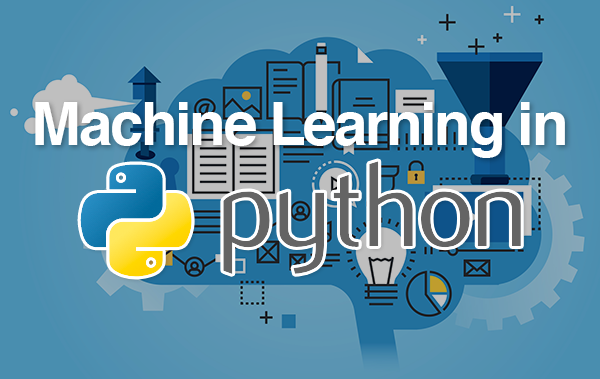How to apply sklearn Extra Tree Classifier to adult income dataset

Extra Trees Classifier is an ensemble machine learning algorithm that is similar to Random Forest Classifier but with a slight difference in the way the decision trees are built. In this essay, we will be discussing how to apply the Extra Trees Classifier to predict adult income using the sklearn library in Python.
The first step in using the Extra Trees Classifier to predict adult income is to acquire and prepare the data. The Adult Income dataset is a popular dataset that contains information about the income of adults such as education level, occupation, and age. This dataset can be acquired from various online resources, such as the UCI Machine Learning Repository. Once the dataset is acquired, it needs to be cleaned and preprocessed to ensure that it is in a format that can be used by the algorithm. This may include handling missing values, converting categorical variables to numerical values, and splitting the data into training and test sets.
After the data is prepared, we can import the ExtraTreesClassifier from the sklearn library and create an instance of the classifier. We can then specify the number of decision trees to be trained and the number of features to be considered in each split. We can also specify any other hyperparameters such as the maximum depth of the trees, the minimum number of samples required to split an internal node, etc.
We can then fit the classifier to the training data using the fit() function and use the predict() function to make predictions on the test data. We can also use the score() function to evaluate the performance of the model on the test data. This function returns the accuracy of the model, which is the proportion of correctly classified samples. We can also use the cross_val_score() function to perform k-fold cross-validation on the data, which helps to get a more robust estimate of the model’s performance.
The main difference between Random Forest and Extra Trees is that in Extra Trees, the decision trees are grown by randomly selecting a feature for each split, and a random threshold value for that feature, instead of choosing the best split as in Random Forest. This randomness makes Extra Trees less sensitive to the input data and makes it less prone to overfitting.
In summary, applying the Extra Trees Classifier to predict adult income using sklearn involves acquiring and preparing the data, fitting a ExtraTreesClassifier to the training data, specifying the number of decision trees and the number of features to be considered in each split, using the model to make predictions on the test data, evaluating the model’s performance, and using cross-validation to get a robust estimate of the model’s performance. Extra Trees Classifier is an ensemble algorithm that is similar to Random Forest Classifier, but with a slight difference in the way the decision trees are built. It’s less sensitive to input data and less prone to overfitting. It can handle high-dimensional data and large number of features, and it reduces the correlation between the decision trees by randomly selecting a subset of features for each split. It’s a powerful algorithm that can be applied to a wide range of datasets and is suitable for both classification and regression tasks.
In this Applied Machine Learning & Data Science Recipe (Jupyter Notebook), the reader will find the practical use of applied machine learning and data science in Python programming:How to apply sklearn Extra Tree Classifier to adult income data.
Disclaimer: The information and code presented within this recipe/tutorial is only for educational and coaching purposes for beginners and developers. Anyone can practice and apply the recipe/tutorial presented here, but the reader is taking full responsibility for his/her actions. The author (content curator) of this recipe (code / program) has made every effort to ensure the accuracy of the information was correct at time of publication. The author (content curator) does not assume and hereby disclaims any liability to any party for any loss, damage, or disruption caused by errors or omissions, whether such errors or omissions result from accident, negligence, or any other cause. The information presented here could also be found in public knowledge domains.
Learn by Coding: v-Tutorials on Applied Machine Learning and Data Science for Beginners
Latest end-to-end Learn by Coding Projects (Jupyter Notebooks) in Python and R:
Applied Statistics with R for Beginners and Business Professionals
Data Science and Machine Learning Projects in Python: Tabular Data Analytics
Data Science and Machine Learning Projects in R: Tabular Data Analytics
Python Machine Learning & Data Science Recipes: Learn by Coding
How to apply sklearn Bagging Classifier to adult income data
How to apply sklearn Random Forest Classifier to adult income data